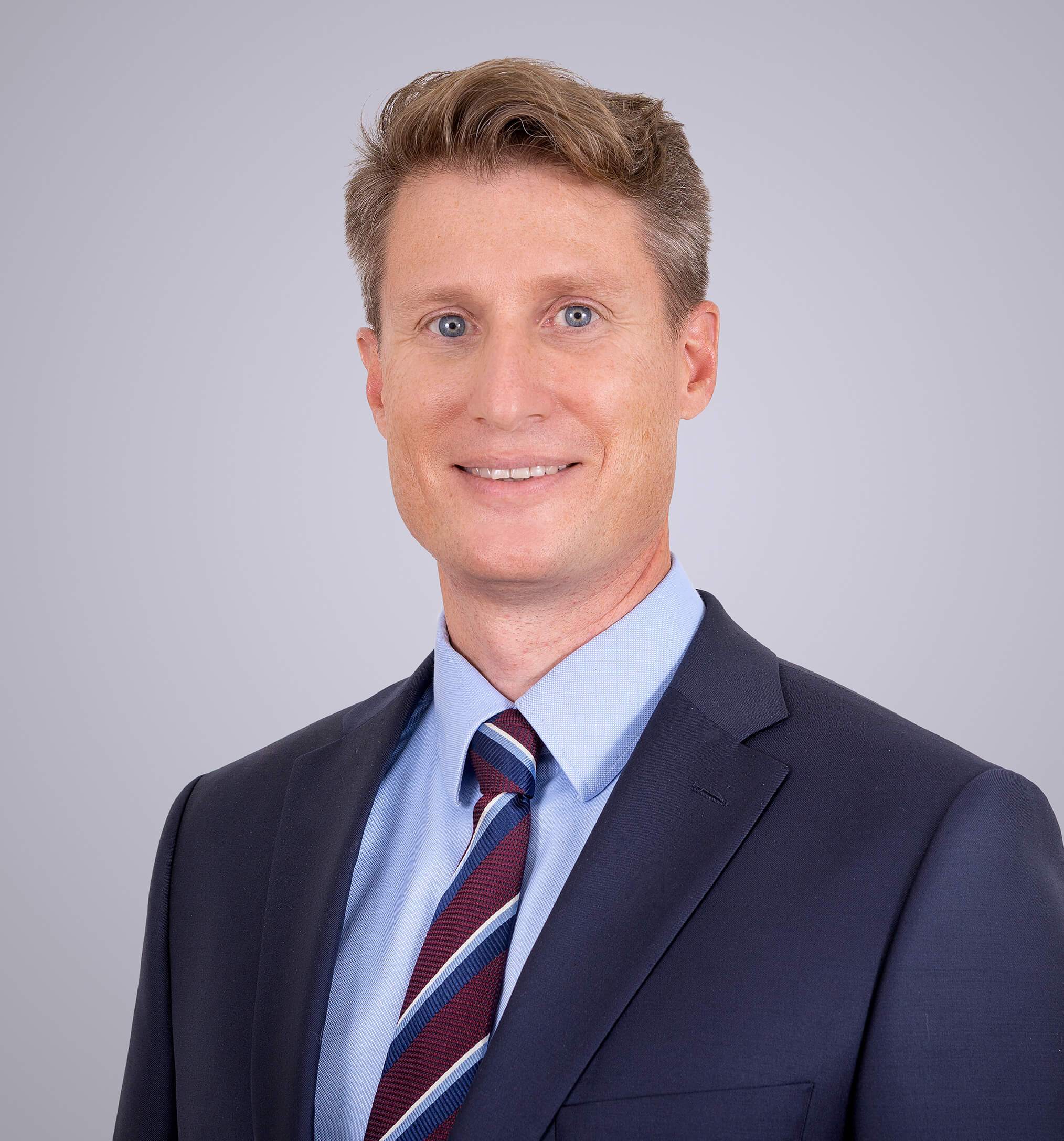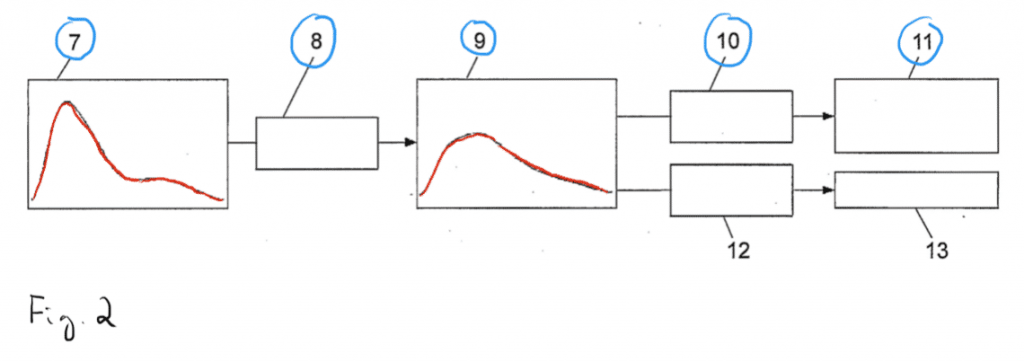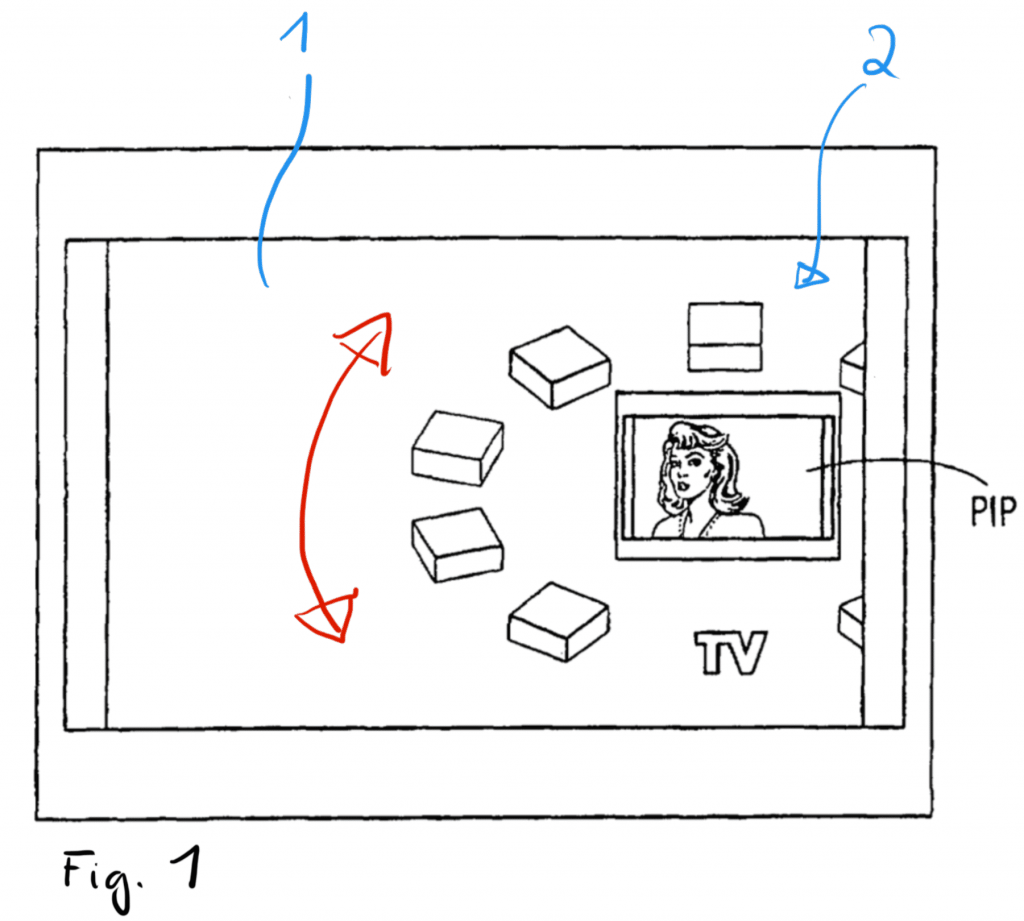2020年11月26日、ベルリンにあるドイツ連邦議会(Bundestag)は、UPC協定を承認しました。これは、統一特許パッケージの実施に向けた重要な一歩となります。統一特許制度は、2022年春に開始される予定です。しかしながらまだいくつかのステップを乗り越えなければなりません。
The previous approval in the German Bundestag was unconstitutional
On March 10, 2017, the German Bundestag already approved the UPC Agreement. However, on March 31, 2017, a constitutional complaint was filed with the German Constitutional Court. Therefore, the ratification process of the Unified Patent System was stopped by Germany. On February 13, 2020, the Constitutional Court decided inter alia that in the vote in the German Bundestag the 2/3 majority was missing. After this decision of the Constitutional Court, the German Bundestag approved a new, unchanged bill on the UPC Agreement with a sufficient majority on November 26, 2020.
Besides the UPC Agreement, the German Bundestag adopts a protocol on provisional applicability
In addition to the UPC Agreement, the German Bundestag also approved a protocol on provisional applicability on November 26, 2020. With this protocol, it is possible that the Preparatory Committee of the Unified Patent System can appoint judges for the UPC, rent office space, etc. before the certificate of ratification is deposited by Germany.
In the next step, the German Bundesrat (Federal Council) has to approve the UPC Agreement
In Germany besides the Bundestag also the Bundesrat has to approve the UPC Agreement. The vote on this will take place on December 18, 2020. The approval of the UPC agreement in the Bundesrat is very likely since the same parties have a majority in the Bundesrat as in the Bundestag. Afterward a countersignature by the Federal Government and the German President takes place. In the end the approval is published in the German Federal Law Gazette. Then, the certificate of ratification is ready to be deposited by Germany.
The Central Divisions of the UPC will be located in Munich and Paris
Since the UK is going to leave the European Union on January 1, 2021, the UK is not part of the Unified Patent System and London will no longer be a location for the UPC Central Divisions. Therefore, the Central Divisions of the UPC will be located in Munich and Paris.
Summary of the important next steps
- On December 18, 2020, the German Bundesrat will probably approve the UPC Agreement.
- Then, the protocol on provisional applicability will be deposited by Germany (probably spring 2021).
- After that, the Preparatory Committee of the Unified Patent System will appoint judges, rent office space, buy furniture, etc.
- Germany will deposit the certificate of ratification after the preparation of the Preparatory Committee (probably end of 2021).
- Expected start of the Unified Patent System is in spring 2022.
Information of the German Bundestag:
https://www.bundestag.de/dokumente/textarchiv/2020/kw48-de-patentgericht-808180
Information of the European Patent Office:
https://www.epo.org/news-events/news/2020/20201126b.html
WINTER BRANDL Partnerschaft mbB, Patent Attorney Michael Schüller, Munich




